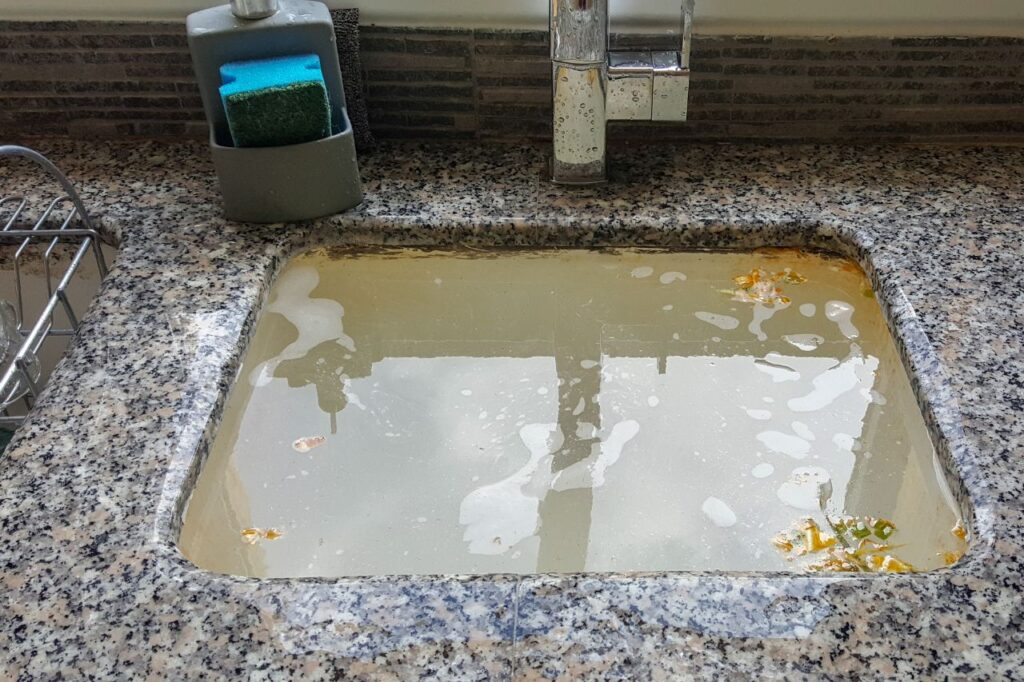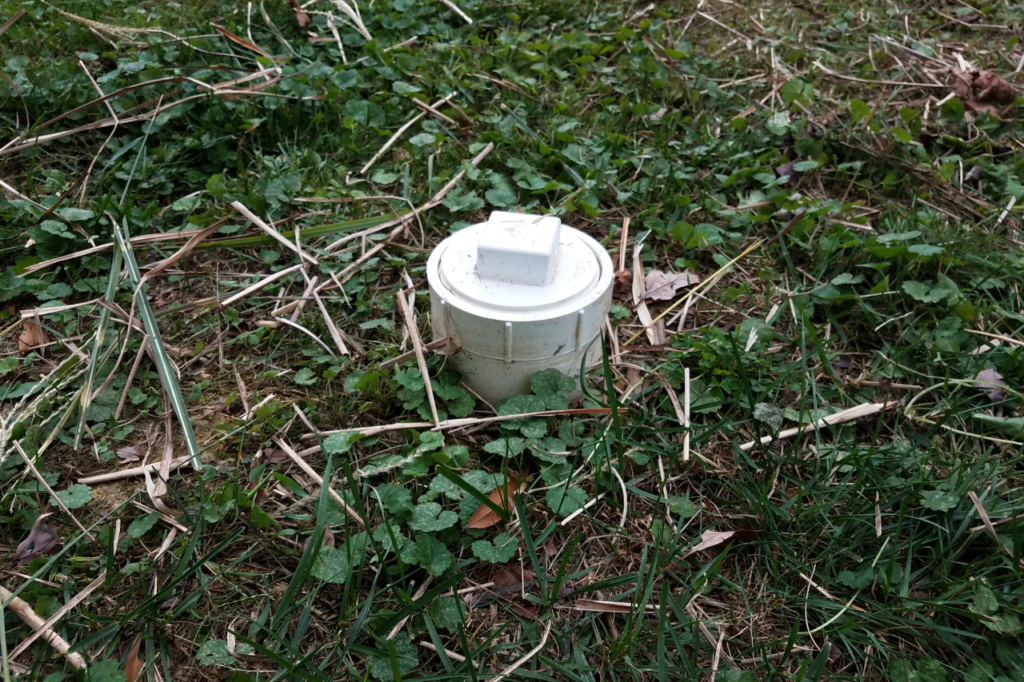Tired of those frustrating clogged drains and the added fun of having a septic tank? Well, fret no more! This article is your ultimate guide to DIY drain unclogging with a septic tank. Whether you’re a homeowner or a business owner, dealing with clogs means unpleasant odors, slow drainage, and the dreaded sewage backups. But fear not, we’ve got your back! Our comprehensive guide will unravel the mysteries of clogged drains in septic systems and equip you with the finest unclogging techniques. We’ll save you precious time, money, and ensure your septic tank’s longevity. So, let’s jump right in and keep those drains flowing smoothly alongside your septic system. Get ready to conquer the clog chaos!
Signs of a clogged drain in a septic tank system

Clogged drains in septic tank systems can manifest in various ways. It is important to be aware of the signs so that you can address the issue promptly. One common sign of a clogged drain is slow drainage. If you notice that water is taking longer than usual to drain from sinks, showers, or toilets, it could indicate a blockage in your septic system. Another sign to watch out for is unpleasant odors. Clogged drains can cause foul smells to emanate from your sinks or toilets. Additionally, gurgling noises coming from drains or toilets can be an indication of a clog. If you experience any of these signs, it is crucial to take action to prevent further damage to your septic tank system.
Why DIY drain unclogging is important for septic tank maintenance
Maintaining a healthy septic tank system is essential for the overall well-being of your home or business. Regular drain unclogging is an important aspect of septic tank maintenance. By addressing clogs promptly and effectively, you can prevent more serious issues such as sewage backups or septic tank failure. DIY drain unclogging not only saves you money but also allows you to take immediate action without relying on professional help. Moreover, regular DIY unclogging can help you identify potential problems in your septic system early on, allowing for timely repairs and avoiding costly repairs or replacements down the line. By taking the initiative to unclog drains yourself, you are actively contributing to the longevity and efficiency of your septic tank system.
Best practices for DIY drain unclogging with a septic tank
When it comes to DIY drain unclogging with a septic tank, it is important to follow certain best practices to ensure effective results. First and foremost, it is crucial to prioritize safety. Before attempting any unclogging methods, make sure to wear protective gloves and goggles to avoid contact with harmful substances or bacteria. Additionally, be cautious with the products you use for unclogging. Avoid chemical drain cleaners as they can be harsh and potentially damage your septic system. Instead, opt for natural or enzymatic drain cleaners that are septic tank-friendly. Another best practice is to start with simple unclogging techniques such as using a plunger or a drain snake. These tools are readily available and can often resolve minor clogs. If the clog persists, you can move on to more advanced methods such as using a wet/dry vacuum or hydro jetting. Remember to always follow the manufacturer’s instructions when using any equipment or products for drain unclogging.
Tools and equipment needed for DIY drain unclogging

Before you embark on your DIY drain unclogging journey, it is essential to gather the necessary tools and equipment. Having the right tools on hand will make the unclogging process smoother and more efficient. Some basic tools you will need include a plunger, a drain snake, and a wet/dry vacuum. A plunger is useful for clearing minor clogs by creating pressure and dislodging the blockage. A drain snake, also known as a plumber’s snake, is a flexible tool that can reach deeper into the drain to remove stubborn clogs. A wet/dry vacuum can be used to suck out debris or water from the drain. In addition to these tools, you may also need a wrench or pliers to remove and clean drain traps or access cleanout points. By having these tools readily available, you can confidently tackle any drain clog in your septic tank system.
Step-by-step guide to unclogging drains in a septic tank system
Now that you have the necessary knowledge and tools, let’s dive into a step-by-step guide on how to unclog drains in a septic tank system. Remember to always exercise caution and follow safety guidelines throughout the process.
Step 1: Assess the severity of the clog
- Start by identifying the affected drain or drains.
- Determine the severity of the clog. Is it a minor or major blockage?
Step 2: Clear minor clogs with a plunger
- For minor clogs, use a plunger to create pressure and dislodge the blockage.
- Place the plunger over the drain and vigorously push and pull to create suction.
Step 3: Use a drain snake for deeper clogs
- If the plunger doesn’t work, use a drain snake to reach deeper into the drain.
- Insert the snake into the drain and rotate it to dislodge or hook onto the clog.
- Slowly pull out the snake, bringing the clog with it.
Step 4: Try a wet/dry vacuum for stubborn clogs
- For stubborn clogs, use a wet/dry vacuum to suck out debris or water from the drain.
- Place the vacuum nozzle over the drain and create a seal.
- Turn on the vacuum, and it will suck out the clog or debris.
Step 5: Clean drain traps and access cleanout points
- If the clog persists, you may need to clean drain traps or access cleanout points.
- Use a wrench or pliers to remove the drain trap or access the cleanout point.
- Clean out any debris or buildup and reassemble the drain trap or cleanout point.
Preventive measures to avoid future drain clogs in septic tank systems
While unclogging drains is essential, it is equally important to take preventive measures to avoid future clogs in septic tank systems. By adopting these preventive measures, you can minimize the risk of drain clogs and maintain the efficiency of your septic system. First and foremost, be mindful of what you flush down the drain. Avoid disposing of grease, oil, coffee grounds, or any other materials that can accumulate and cause clogs. Regularly clean drain traps and use drain strainers to catch hair, food particles, and other debris. Additionally, consider implementing a regular maintenance routine that includes septic tank pumping and inspections. This will help eliminate any potential issues before they escalate into major clogs. By being proactive and implementing preventive measures, you can significantly reduce the chances of experiencing drain clogs in your septic tank system.
When to call a professional for drain unclogging with a septic tank

While DIY drain unclogging can effectively resolve most clogs, there are instances when it is necessary to call a professional. If you have attempted all the DIY methods mentioned above and the clog persists, it may indicate a more complex issue that requires professional assistance. Additionally, if you notice signs of a larger problem such as sewage backups, foul odors, or slow drainage throughout your property, it is advisable to seek professional help. Septic system experts have the knowledge and equipment to diagnose and address septic tank issues effectively. By reaching out to a professional, you can ensure that the underlying cause of the clog is properly identified and resolved, preventing further damage to your septic tank system.
Closing Thoughts
Clogged drains in septic tank systems can be a frustrating issue to deal with. However, by following the best practices and proven solutions outlined in this article, you can effectively tackle drain clogs on your own. Remember to prioritize safety, gather the necessary tools, and follow the step-by-step guide provided. Additionally, take preventive measures to avoid future clogs and seek professional help when necessary. By taking a proactive approach to drain unclogging, you can maintain a healthy and efficient septic tank system, ensuring the smooth flow of water and preventing any potential sewage backups or system failures. So, roll up your sleeves and get ready to unclog those drains with confidence!

